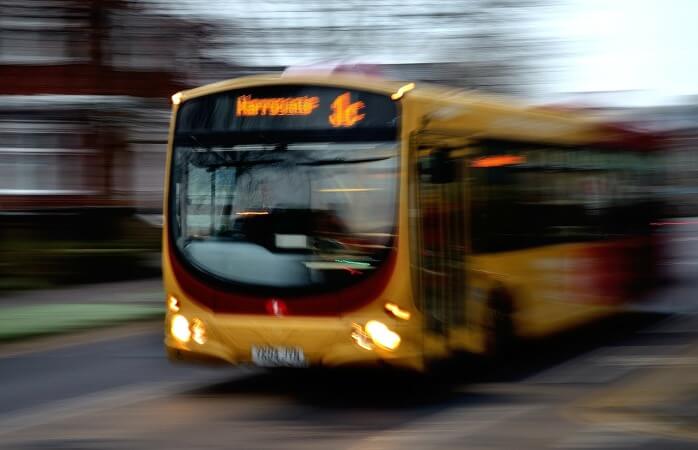
Electric bus with dynamic recharging.
Electric bus with dynamic recharging an electric public transport vehicle designed for transporting people, movable by traction electric drive, or fed directly from the trolleybus contact network (movement mode trolley bus), or the auxiliary electric energy storage device (accumulator) which is charged in the process of movement under the contact system (moving mode of the electric bus).
The advantages of using dynamic recharging
Description:
Electric bus with dynamic recharging electric bus – mechanical public Autonomous trackless vehicle designed for transporting people, movable by traction electric drive, or fed directly from the trolleybus contact network (movement mode trolleybuses) or from a stand-alone drive power (battery), rechargeable in the process of movement under the contact system (moving mode of the electric bus).
Electric bus with dynamic recharging has another name – the trolleybus with extended Autonomous operation (IMC technology, in-motion charging)
Electric bus with dynamic recharging in many ways similar to the trolley, and in General concept to an electric car, with the exception of dimensions. Equipped with batteries of large capacity.
The batteries are usually located in the rear compartment of the bus or in niches under Kozovym. Electric bus with dynamic recharging using existing equipped contact trolleybus network for charging while driving on this stretch. Dynamic charging provides autonomy of buses from 20 to 70 km, which is sufficient to overcome the plots of the urban environment, not provided with the contact network, and eliminates the unnecessary construction of a contact network in the places of its absence.
The advantages of using dynamic charging:
– no additional load on the city’s network,
– ensures gentle operation of the batteries, which affects the long term of their service,
– it is possible to use of supercapacitors in conjunction with batteries, which increases the effectiveness of this type of transport, charging speed and duration of run in offline mode
– due to the electric energy possible to heat the passenger compartment even during movement between sections of the overhead in the winter
– the lack of downtime on end stations, because charging the batteries while driving along the route,
– in fact, the electric bus with dynamic recharging is an ecological vehicle,
– autonomy is from 20 to 70 km, and the time to recharge batteries from 10 to 30 minutes, which is sufficient for traffic management in the urban environment and the suburbs.
Note: © Photo ,
